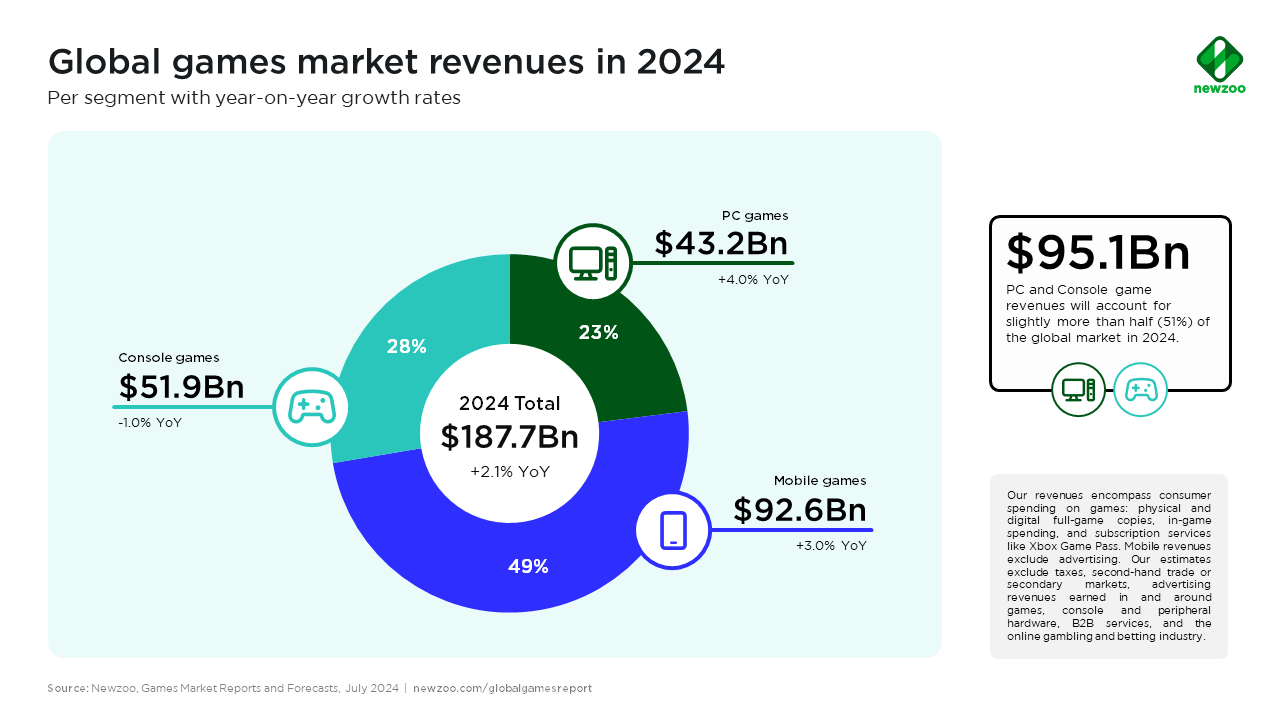Introduction
In recent years, the video game industry has witnessed the meteoric rise of the "live service" model, where games are continuously updated with new content and features over extended periods, often relying on in-game purchases (microtransactions) for revenue. Games like Fortnite and League of Legends have achieved phenomenal success, prompting many major publishers to adopt this model in hopes of reaping massive and sustained profits. However, as the market becomes saturated with live service titles and high-profile failures mount, a pressing question arises: are we witnessing the beginning of the end for the live service era?
The Rise and Fall of the Live Service Model
Initially, the live service model seemed like the perfect solution for sustainable revenue in the gaming industry. Instead of a one-time sale, companies could continuously generate income by selling additional content like skins, weapons, and battle passes. Games like Fortnite proved that this model could generate billions of dollars, tempting many companies to try and replicate this success.
However, the market quickly became saturated with live service games. Players have limited time and energy, and most prefer to stick with the games they already know and love. This means that any new live service game must be of exceptional quality to capture players' attention and convince them to leave their current games. Many games failed to achieve this, suffering from issues like repetitive and boring gameplay, a lack of content at launch, technical problems, and an overemphasis on monetization at the expense of the player experience.

Notable Failures and High Costs
Recent years have seen a series of high-profile failures of live service games that have cost publishers millions of dollars. BioWare's Anthem, for example, was abandoned just two years after its launch due to a lack of content and repetitive gameplay. Similarly, games like Marvel's Avengers and Babylon's Fall failed to maintain an active player base and were eventually shut down.
Perhaps the most prominent example of this failure is Ubisoft's Skull and Bones, which spent 8 years in development hell and exceeded its budget multiple times, only to be released as a game lacking a real story and a boring gameplay experience. More recently, we witnessed another catastrophic failure with Sony's Concord, which was shut down just two weeks after its launch due to its high price and unattractive character designs, with its player count peaking at less than 1,000.

The Future of the Industry: A Return to Single-Player Experiences?
In light of these successive failures, it seems that publishers are beginning to rethink their strategies. Sony has canceled several live service games that were in development after the failure of Concord, and market research firms like MIDiA Research are advising publishers to lower the cost and scope of AAA games.
In contrast, we are seeing great success for single-player games that focus on delivering an immersive experience and a strong narrative. Games like Elden Ring and Baldur's Gate 3 have proven that high-quality content is enough to attract players and achieve massive sales without the need for a live service model. More recently, Clair Obscur: Expedition 33, developed by a small team of about 30 people on a modest budget, has shown that great games do not necessarily require huge budgets or giant development teams.

